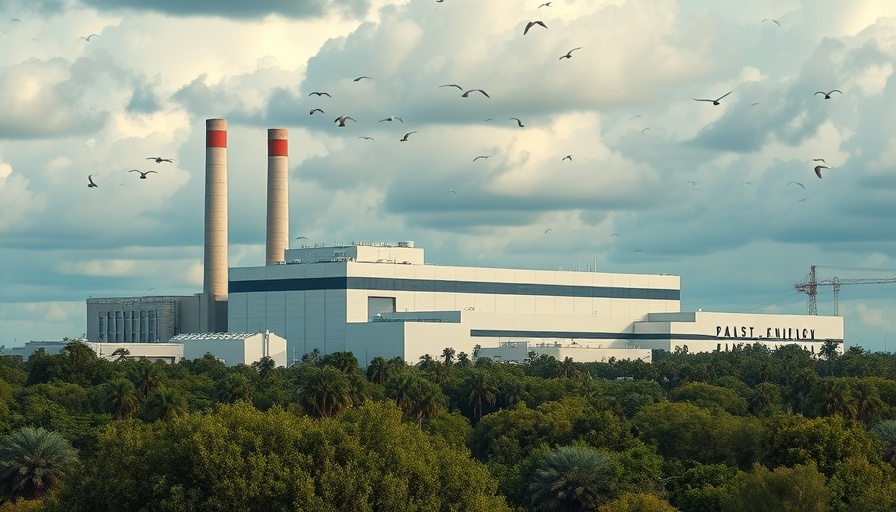
U.S. DOE's Surprising Cancellation of Carbon Capture Funding
In a move that shocked many in the energy sector, the U.S. Department of Energy (DOE) announced the cancellation of $3.7 billion in awards aimed at advancing carbon capture and decarbonization projects. This decision impacts industry giants including Calpine, PPL Corp., Ørsted, and Exxon Mobil, upending previously planned initiatives designed to help mitigate climate change.
The Rationale Behind the Cancellation
The DOE cited that following a thorough financial review, the canceled projects were determined to be economically unviable and not beneficial to American taxpayers. The agency's office of Clean Energy Demonstrations made it clear that they would prioritize funding for projects deemed more likely to provide a positive return on investment. This directive has raised significant concerns about the future landscape of clean energy initiatives, particularly given the substantial sums of taxpayer money involved.
Historical Context and Industry Implications
This cancellation marks a continuation of shifting policies within the DOE regarding funding for clean energy projects. The fact that 16 of the terminated awards were signed during Trump’s presidency emphasizes a transitional period in U.S. energy policy. Executives should strongly consider how these policy shifts might affect their investment strategies in sustainable building and green construction projects.
Potential Impact on Future Projects
Industry experts are now analyzing how this decision will influence future funding opportunities in carbon capture and decarbonization. With the DOE reviewing an additional 179 projects totaling over $15 billion, stakeholders should remain vigilant about the evolving financial landscape. As funding becomes more competitive, businesses must reassess their positions and the feasibility of securing governmental financial backing for their sustainability efforts.
What This Means for Business Owners and Developers
For business owners, particularly in the commercial construction sector, this shift in funding dynamics represents both a challenge and an opportunity. Developers focusing on sustainability may need to pivot their strategies to ensure alignment with DOE priorities. The emphasis on large-scale commercial projects could mean that only those initiatives capable of showcasing exceptionally detailed and financially viable proposals will stand a chance of receiving federal support in the future.
Preparing for an Evolving Energy Landscape
To navigate this new funding environment, facility managers and property developers should invest in understanding the intricacies of DOE funding requirements and avenues available for sustainable projects. It is crucial to have a strategic approach that demonstrates economic viability and positive public impact. Engaging financial analysts early in the project development process might also help to prepare more competitive funding applications.
As the conversation around clean energy evolves, stakeholders must remain proactive and informed about ongoing trends and regulatory shifts. This cancellation serves as a timely reminder of the need for rigorous economic assessment and adaptability in the pursuit of sustainable construction goals. Careful assessment of project viability could be the key to securing necessary funding in these uncertain times.
 Add Row
Add Row  Add
Add 




Write A Comment